Singapore is poised to become a global leader in sustainable seafood production as the city-state gears up for the mass production of cell-cultured shrimp. This groundbreaking development could offer a viable solution to the pressing issue of overfishing, which has long threatened marine ecosystems worldwide. The technology, pioneered by local biotech firms, involves growing shrimp meat from cells in a controlled environment, eliminating the need for traditional fishing or aquaculture.
The concept of lab-grown seafood isn’t entirely new, but Singapore’s advancements in this field have brought it closer to commercialization than ever before. Unlike conventional shrimp farming, which often involves destructive practices like mangrove deforestation and excessive antibiotic use, cell-cultured shrimp production leaves a minimal environmental footprint. The process begins with a small sample of shrimp cells, which are then nurtured in bioreactors with a nutrient-rich solution. Within weeks, these cells multiply and form muscle tissue identical to that of conventionally harvested shrimp.
What sets Singapore’s approach apart is its focus on scalability and affordability. Previous attempts at cultured seafood struggled with high production costs, making the end product prohibitively expensive for most consumers. However, Singaporean researchers have optimized the growth medium and bioreactor conditions, significantly reducing costs. Industry insiders predict that cell-cultured shrimp could hit supermarket shelves at competitive prices within the next two years.
The implications for global fisheries are profound. Overfishing has depleted nearly 90% of the world’s marine stocks, according to the UN Food and Agriculture Organization. By providing an alternative that doesn’t rely on wild catches or environmentally damaging farms, Singapore’s innovation could help restore ocean biodiversity. Notably, the cell-cultured shrimp contains no antibiotics, microplastics, or mercury—common contaminants in wild-caught seafood.
Consumer acceptance remains the final hurdle. While the product is biologically identical to conventional shrimp, convincing diners to embrace "lab-grown" seafood requires careful marketing. Early tastings in Singapore have yielded positive feedback, with participants unable to distinguish between cultured and wild-caught shrimp in blind tests. Restaurants specializing in sustainable cuisine are already expressing interest in featuring the product on their menus.
Regulatory approval is another critical factor. Singapore’s Food Agency, known for its progressive stance on alternative proteins, has established a clear pathway for cultured meat products. The country became the first to approve the sale of cell-cultured chicken in 2020, setting a precedent for shrimp and other seafood. Other nations are watching closely as Singapore’s regulatory framework could become a model for global adoption.
The economic potential extends beyond environmental benefits. As the technology matures, Singapore could export both the finished product and the proprietary technology to seafood-dependent nations. Countries facing dwindling fish stocks, such as Japan and Indonesia, have already initiated talks with Singaporean firms about potential collaborations. This positions Singapore as not just a consumer but a key player in the future of sustainable protein.
Critics argue that cell-cultured seafood might disrupt traditional fishing communities. However, proponents counter that the industry could create new high-tech jobs in biotechnology and food science. Furthermore, the transition could be gradual, allowing fishermen to adapt by shifting to sustainable practices or entering the aquaculture sector. Some visionaries even suggest that former fishing boats could be repurposed as mobile bioreactor units.
From a nutritional standpoint, scientists can engineer cultured shrimp to have enhanced health benefits. Imagine shrimp with higher omega-3 content or fortified with vitamins—possibilities that conventional fishing cannot offer. This level of customization could appeal to health-conscious consumers and open new markets in functional foods.
As production scales up, the next challenge will be energy efficiency. Current bioreactors require substantial electricity, prompting researchers to explore renewable energy integration. Solar-powered cultivation facilities are already in development, aiming to make the entire process carbon-neutral. This aligns with Singapore’s broader commitment to sustainability as it works toward its net-zero emissions goals.
The success of cell-cultured shrimp could catalyze innovation across other seafood categories. Research is underway for crab, lobster, and even bluefin tuna—species particularly vulnerable to overexploitation. Each breakthrough brings us closer to a future where enjoying seafood doesn’t come at the expense of ocean health.
Singapore’s journey from food importer to sustainable protein pioneer reflects its unique strengths in biotechnology and pragmatic governance. By addressing technical, economic, and psychological barriers simultaneously, the nation demonstrates how systemic thinking can solve complex global problems. When the first commercial batches of cell-cultured shrimp arrive, they won’t just represent a new product—they’ll embody a fundamental shift in humanity’s relationship with the sea.

By Lily Simpson/Apr 10, 2025

By Victoria Gonzalez/Apr 10, 2025
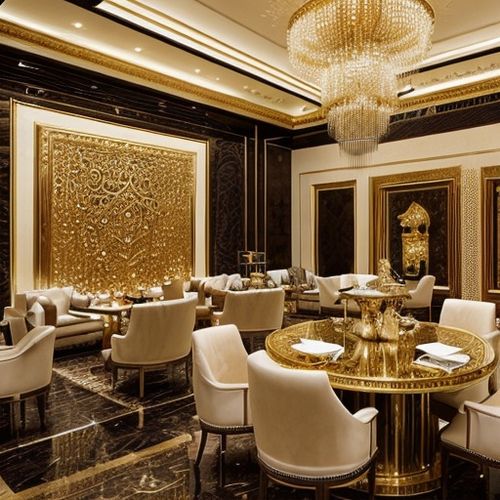
By Emily Johnson/Apr 10, 2025
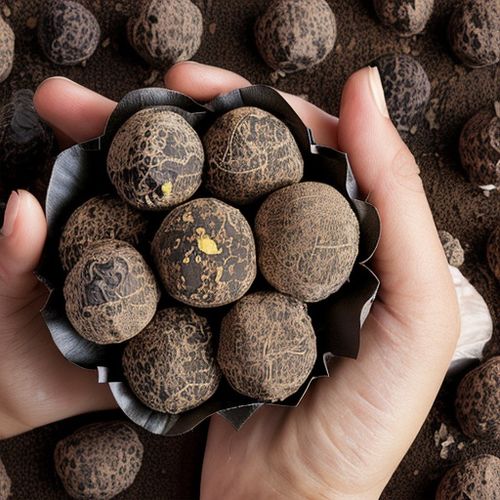
By Megan Clark/Apr 10, 2025
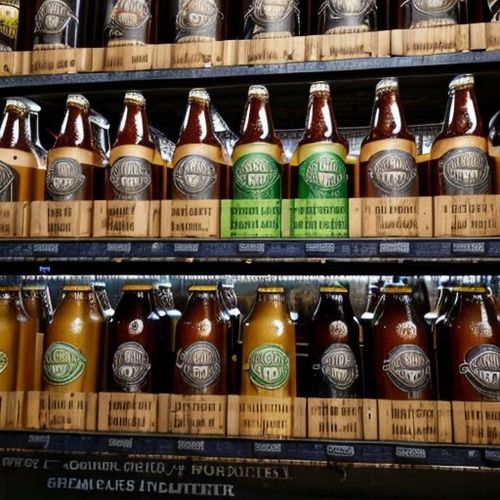
By Amanda Phillips/Apr 10, 2025
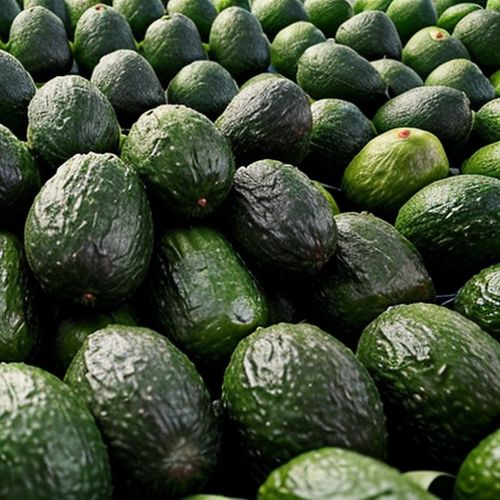
By James Moore/Apr 10, 2025
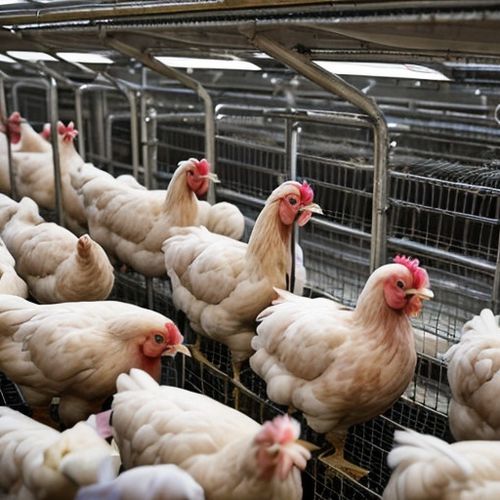
By Noah Bell/Apr 10, 2025

By Eric Ward/Apr 10, 2025
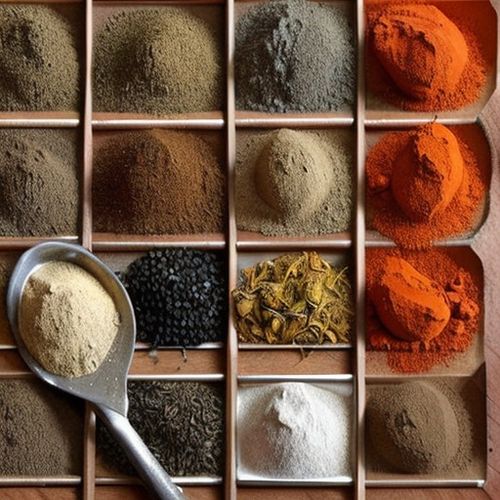
By Megan Clark/Apr 10, 2025
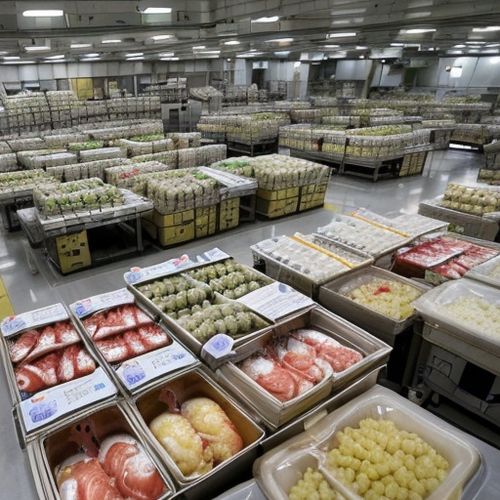
By Natalie Campbell/Apr 10, 2025
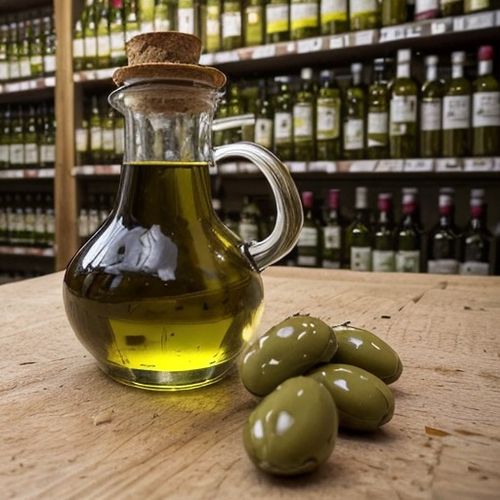
By Amanda Phillips/Apr 10, 2025
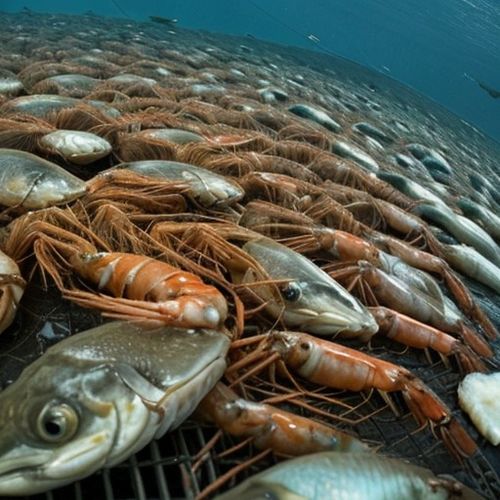
By Michael Brown/Apr 10, 2025

By Elizabeth Taylor/Apr 10, 2025
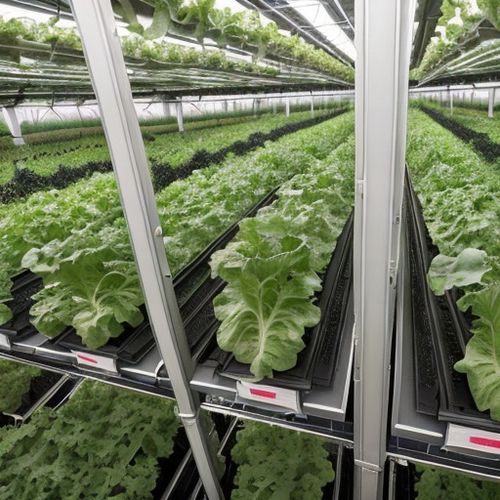
By Emma Thompson/Apr 10, 2025
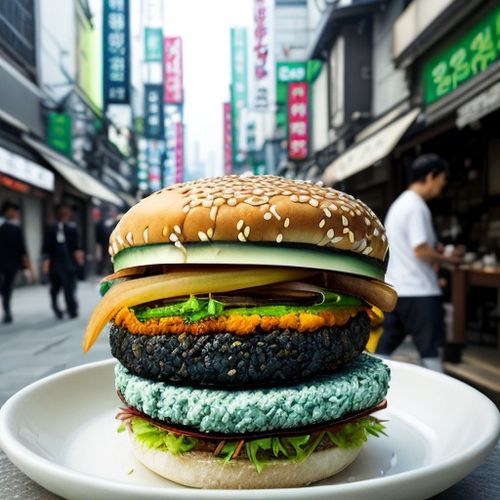
By Natalie Campbell/Apr 10, 2025
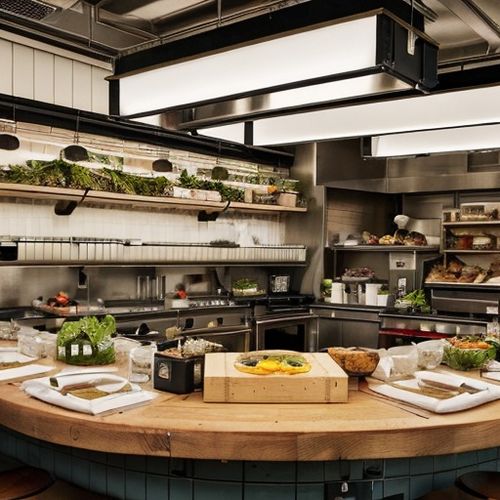
By Eric Ward/Apr 10, 2025

By Sophia Lewis/Apr 10, 2025